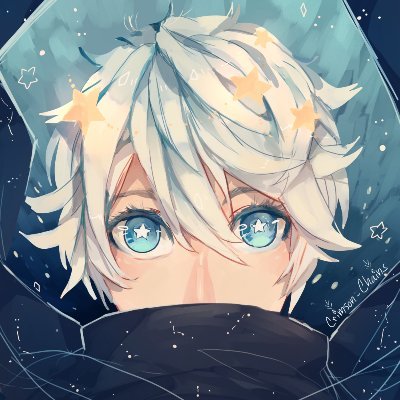
by Michele Kirichanskaya | Apr 17, 2024 | Blog
Crimson Chains is a self-taught artist who has always loved to create comics and stories. Star themes and aesthetics are some of her favorite things to create, and Star Crossed is her first published work. I had the opportunity to interview Crimson, which you can read...
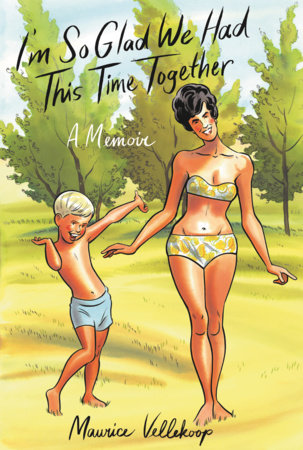
by Michele Kirichanskaya | Mar 23, 2024 | Blog
Maurice Vellekoop was born in Toronto in 1964. After graduating from Ontario College of Art (now OCADU) in 1986, Maurice Vellekoop joined Reactor Art and Design, an agency for illustrators. In a more than thirty-five year career, Maurice Vellekoop has worked for top...
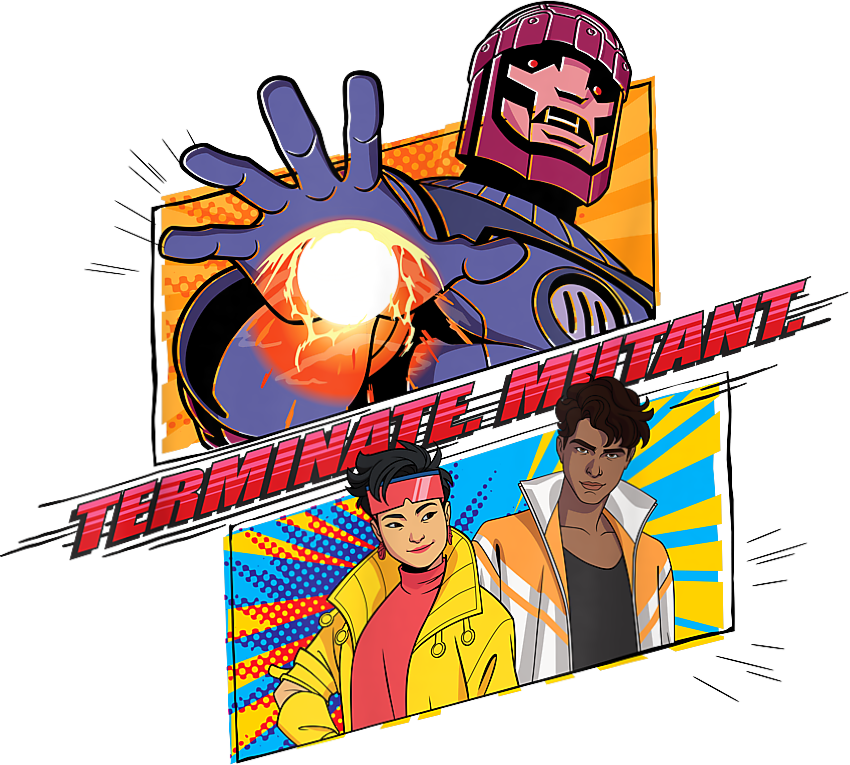
by Alexa Goodrich-Houska (she/they) | Mar 22, 2024 | Blog
This week was what many of us have been waiting for, the release of the first two episodes of X-Men ’97 on Disney Plus. Don’t know what I’m talking about? Check This Out This was very much like a nice warm soup for my soul on a rainy New England day....
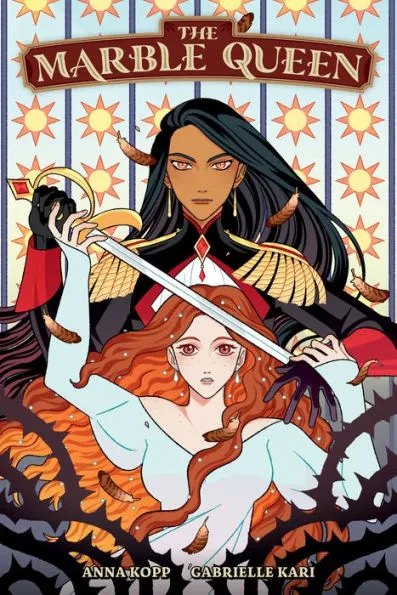
by Michele Kirichanskaya | Mar 20, 2024 | Blog
Anna Kopp is a children’s author who lives in Ohio with her husband, two boys, and two cats. Anna loves creating fantastical stories for children of all ages, from Minecraft picture books to young adult novels. When she’s not writing she’s playing video games or...
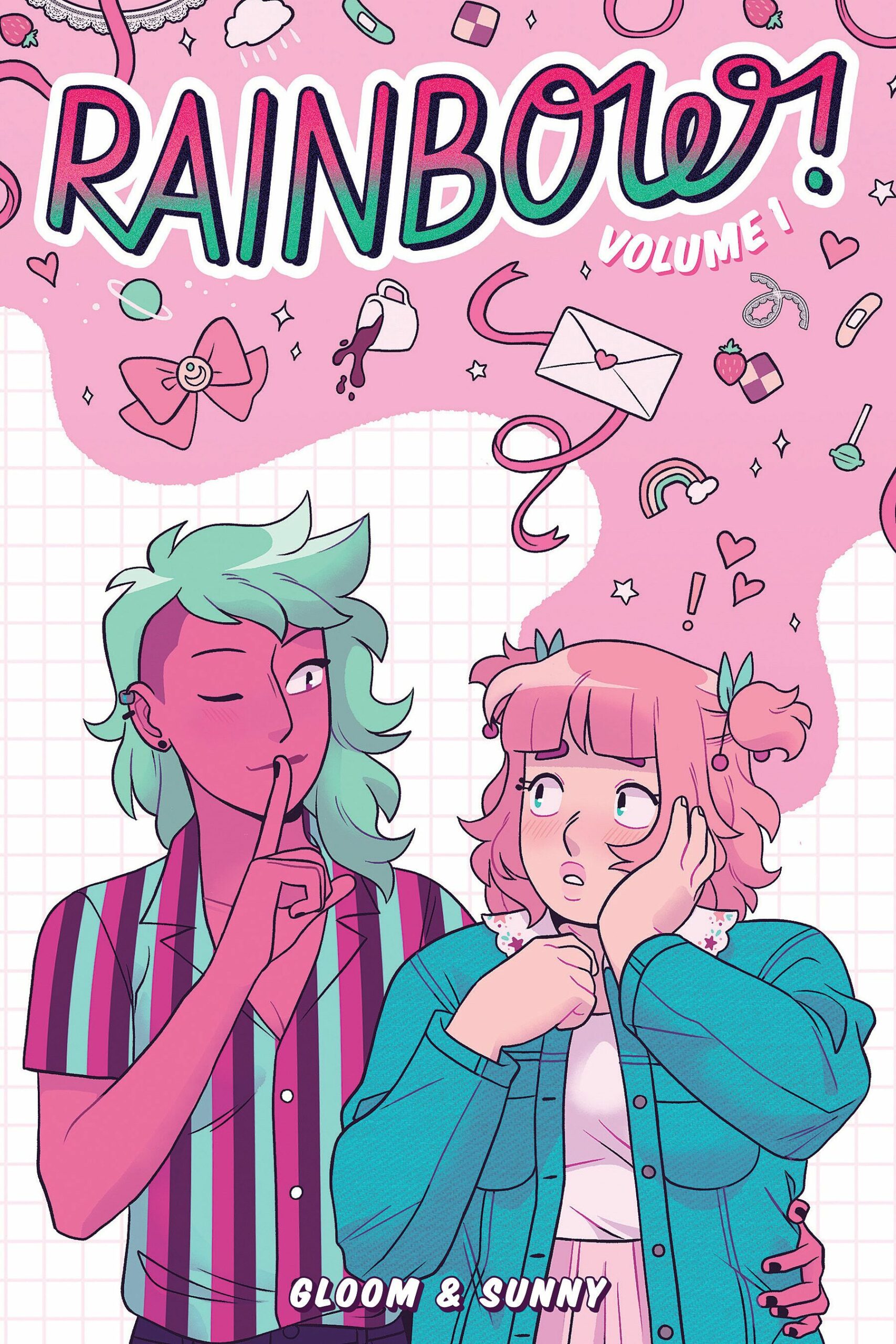
by Michele Kirichanskaya | Mar 6, 2024 | Blog
Sunny Funkhouser Aka Sunny (they/them), is a neurodivergent, queer creator who has been writing ever since they were a teenager. Sunny is autistic with ADHD and likes to collect dolls, make reborn dolls, crochet, act, and sew. They love learning how to do things...






